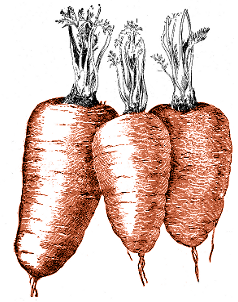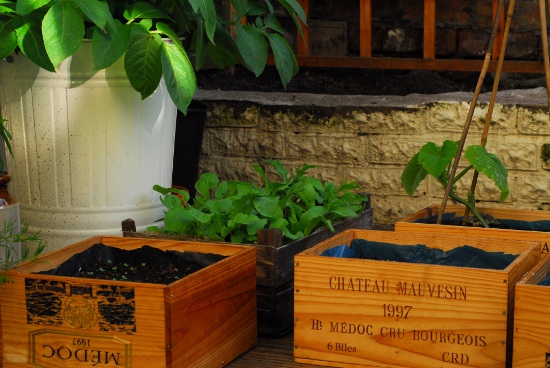First year in summary: the things that didn't work
This post is, unfortunately, going to be rather low on photos compared to those previous, because plants that aren’t growing well, are dying off or somehow going wrong, aren’t really inviting subjects for the camera. I’ve resisted the temptation, though, to title it “Failures”, because all of these plants gave something to the garden, even if it was just a clump of foliage or something for the local caterpillars to eat.
Pattypan squash: this is an example of why you should be careful what plants you let into your garden. We decided we wanted a pattypan squash plant: they can look rather attractive, and we always use plenty of squash in cooking. By the time we decided we wanted one, though, it was definitely a bit late in the season to be growing one from seed. We went down to one of the local garden centres; all the pattypans they had looked to have signs of mildew on their leaves. We bought the best we could find, but the signs of mildew did indeed turn into worse mildew. It fruited, but its fruits were hardly an inch across. Of course, I’ve heard since, this year has been a bad year for squashes, but I’m sure that a healthier plant would have had a better chance of success.
Dill: We love dill, particularly with salmon in the Scandinavian style, so dill had to be a must for the garden. We planted plenty of dill seeds, and they sprung right up, right away. But then they didn’t stop springing. Every dill plant we grew turned into a tall, spindly thing, four or five feet high but with barely any usable foliage. Pinching out the tips didn’t seem to help.
Spring onions: these we grew from seed, and they started out well. They seemed to be taking a while, but we weren’t too worried, having picked a variety with a low chance of bolting. Then, though, a period of hot weather followed by heavy rain ruined the majority of the plants, snapping the stems. A handful have grown back from that, but neither those nor the ones which avoided the rain in the first place have really reached a harvestable thickness.
Sweet peas: the idea with these was: companion plants around our green beans. The problem with them was: they grew too well. They grew around the beans, over them, taller than them, almost swallowing them up. And then didn’t even flower. The problem, maybe, is that sweet peas aren’t bred to grow in vegetable-quality compost, which is possibly an issue with any companion planting scheme that involves decorative and produce plants mixed in together.
Japanese saltwort: we spotted this in one of the local garden centres, the excellent Riverside co-operative. We bought it because it was intriguing, and unusual. It grew, grew well. The problem, though was that we didn’t really know what to do with it; and its heart quickly became dead and woody, the living parts straggling over the edge of its pot. I have the feeling it is one of those plants which, if not kept in a container, could easily take over an entire garden.
What to learn from all this? Well, next year, we’ll definitely be keeping our spring onions rather more sheltered. We’re on the hunt, too, for a different variety of dill to try. The most important thing to remember, though: however much we want a particular variety of plant in the garden, only let it come in if it’s healthy.


